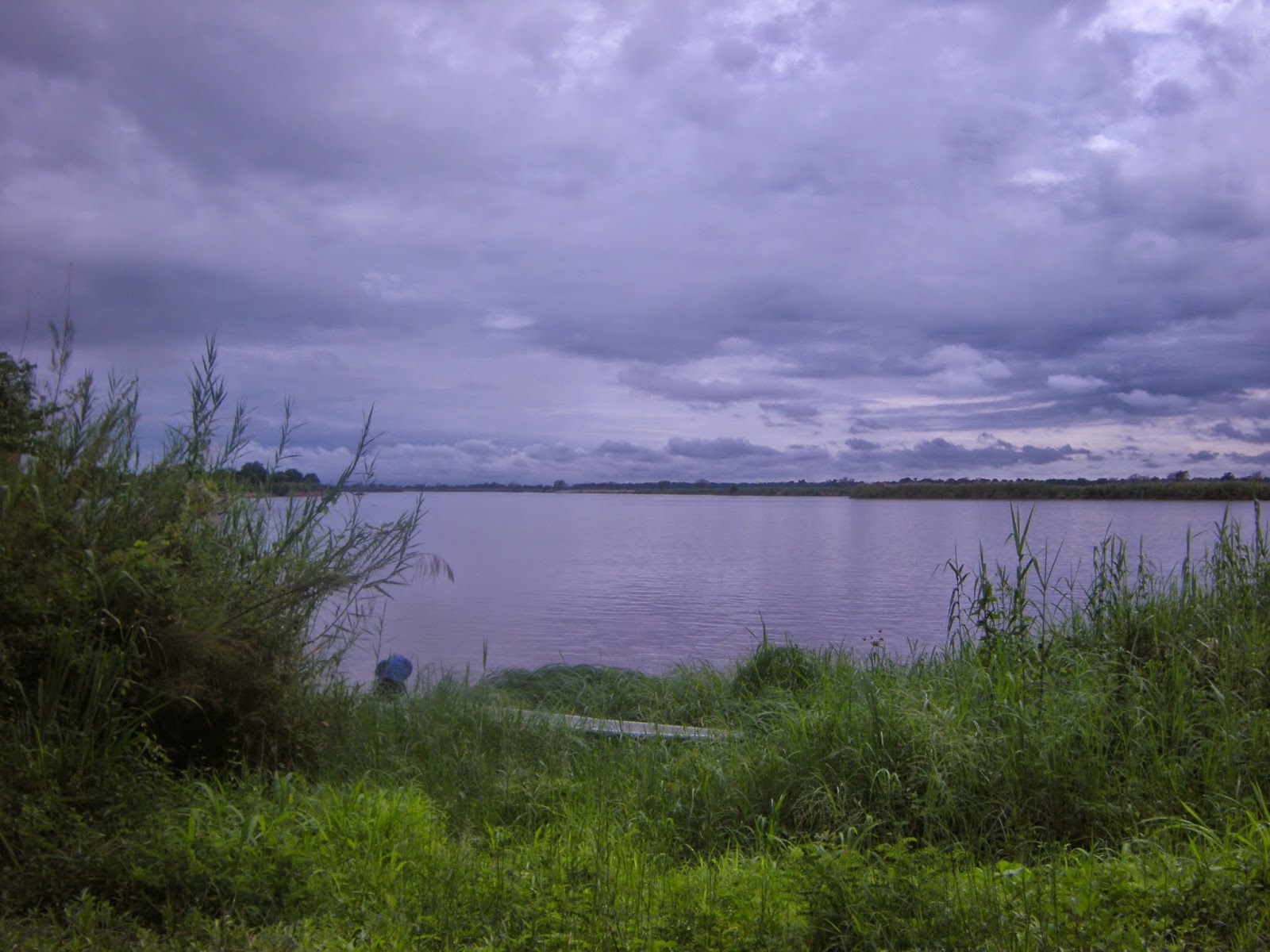Sunday, 21 September 2014
Disabilities in Zambia
The academies that Goal Zambia is affiliated with welcome individuals with disabilities, of which there is over 2 million in the country, something that does not always happen with social stigma often directed towards them. This includes physical, sensory, psychosocial and intellectual disabilities and, although it is difficult to build a team football team for those with difficulties, the academies we work with make a concious effort to encourage them to attend training on the pitch and provide support for them. Perhaps one day there will be a team available for them to join. Diseases and conditions are prevelant in a country with high levels of extreme poverty and these include Schistosomiasis, a waterbourne disease, blindness from lack of vitamin B in some localities and polio, to name a few.
Those with physical difficulties also face major consequential challenges across Zambia, particularly in relation to HIV prevention, testing and treatment and their access to services is not on an equal basis with everybody else. There are a similar number of people with physical difficulties as those that are HIV positive. Girls with disabilities also face increased sexual partner intimidation and violence and restricted access to information concerning these dangers, leading to a greater potential for infection and re-infection with HIV. Access to educational facilities and subsequently lower level of literacy also leads to greater poverty and greater risk of sexual and physical abuse. Interviews with people in Zambia have revealed that negative attitudes towards them also restrict their opportunities to marry and have children. People assume that those with physical difficulties are not sexually active so question why they even need access to HIV treatment. Hope fully the academies we are working with will continue to encorage inclusion of those with disabilities and introduce an acceptance of this at the community level.
The same is true for children with difficuties in the country. School access can be difficult or denied and with it access to primary sources of information that can mean the difference between life and death. Families can also harbour their own internal discriminatory attitudes that don't eleviate the problem. Often those that are HIV positive and have manged to get antireviral treatment are reliant on another family member to support them to access this, which may not, for this or that reason, always be forthcoming or consistent. Those unable to attend appointments as a result are often labelled as defaulters by service providers, who thereafter require them to attend more frequent appointments and limit their supply of medicines. There is a lack of health information produced in formats such as simplified versions, braille, large print and sign language symbols, suitable for those with sensory or intellectual impairments.
Helthcare worker and providers of HIV services also lack the knowledge, training and experience to work and communicate effectively and address the needs of children and adults with physical and learning difficulties.
The government of Zambia has signed up to a number of international and regional treaties agreeing on the equal treatment of those with health difficulties, including the Convention on the Rights of Persons with Disabilities and it's own 2012 Person's with Disabilities Act yet the good intentions and strategies to provide services have not always come to fruition. Dispite an awareness of the situation, international donars and the United Nations have also fallen short of helping much.
Goal Zambia aims to encourage academies to continue to work towards inclusion of all children and young adult members and provide support for them to achieve this.
Thursday, 11 September 2014
Zambia: Where is it then?
 |
| The bottom half of Africa |
Chop the continent of Africa in half at around the equator and Zambia is sort of in the middle of the bottom half. It's landlocked, so the Bantu don't bother learning to swim and open their eyes wide in amazement when you try to describe the sea, and bordered by Conrad's massive Democratic Republic of Congo, Angola and Tanzania in the north and Namibia, Botswana and Zimbabwe to the south. Malawi lies directly east across the nearest thing to the sea, Lake Tanganyika, where the Zambians get a lot of their fish. The Zambians like fish, especially the little ones called Kapenta; they provide a cheaper source of protein than meat or caterpillars.
The country is big, with a total area of 752, 614 square kilometres and is drained by two major rivers, the Zambezi, the river the country takes it's name from, bordering Zimbabwe in the south and the African Queen Congo flowing north. The sprawling Zambezi basin covers three quarters of the country, the remaining quarter the basin for the Congo. A number of rivers flow across the Zambezi basin; the Kabompo, Lungwebungu and the Luangwa and Kafue, the confluence of which marks the Zimbabwean border. In the southwest of the country, near the former capital Livingstone, the waters of the Zambezi drop over 100 metres at the site of the famous Victoria Falls, whence it flows into Lake Kariba, site of the infamous dam.
 |
| The Zambezi across to Zimbabwe |
A landlocked country creates it's own dynamics and is important in the history of the nation, the past and present day economics and in the well documented and devastating spread of pandemics, notably HIV and Aids. It also means there are more that usual big match football derbies for the Chipolopolo national team. Little excuse is needed for a national football tournament with neighbours at any level, at any time of the year. The stakes and interest are always high and even the Seventh Day Adventist find ample justification to gather in front on the television for the Saturday matches.
Subscribe to:
Comments (Atom)

